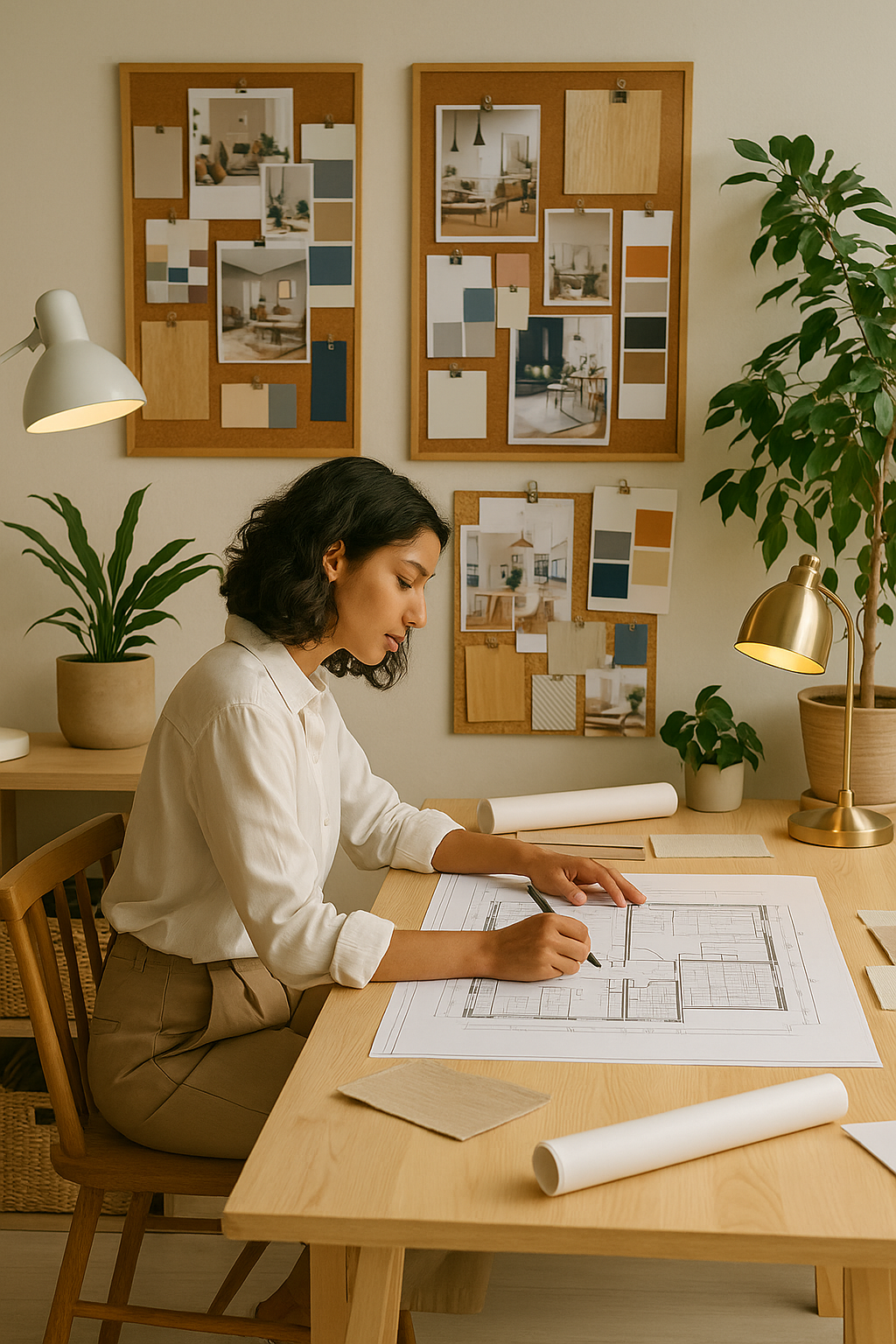When it comes to designing a home, it's important to understand that people have their own unique personalities and preferences. By tailoring a home's design to fit the personalities of its inhabitants, you will be creating more than a design, you will be creating a home. The space needs to be both comfortable and functional which can have different meanings to different people. In this article, we will explore how to recognise individual personalities, how to design for different people, and how to create a living space to suit the clients taste and needs.
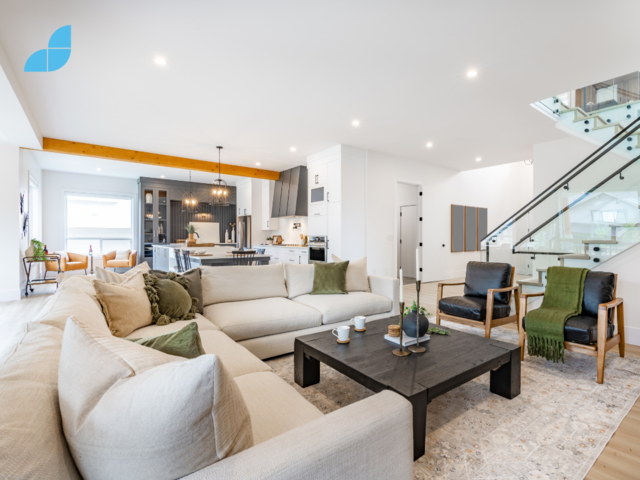
Understanding Different Personalities
There are many different personality types, and each one can affect design choices in different ways. For example, a person who is extroverted may prefer a more open plan and socially oriented layout, while an introverted person may prefer a more private and secluded space. Similarly, a person who is more outgoing may prefer a bold and colourful design, while someone with a more reserved personality may prefer a subdued or neutral design. It's important to take the time to understand the personalities of the people living in the home so that the design can be tailored to suit their needs and reflect their preferences.
One way to identify the personalities of the people living in the home is through the use of personality assessments such as the Myers-Briggs Type Indicator (MBTI) or the Big Five Personality Traits. These assessments can provide insights into how individuals choose to live and function within their homes. Getting to know the individuals' hobbies, lifestyle, and daily routines can also provide valuable information and will inform the design process.
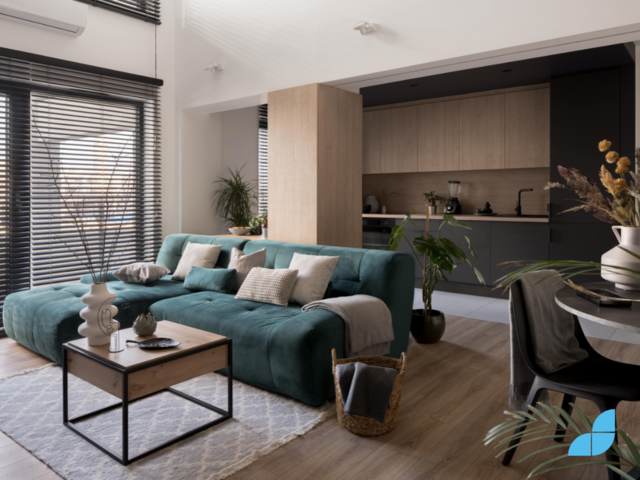
Designing for Different Personalities
Once you have a good understanding of the personalities of the people living in the home, it's time to tailor the design to fit their needs and preferences.
One way to design for different personalities is through the use of colour schemes. Different colours can evoke different emotions creating a variety of atmospheres. Warm colours such as reds, yellows, and oranges can create a cosy and inviting atmosphere, while cool colours such as blues, greens, and greys can create a more calming and serene atmosphere. Additionally, the use of different textures, patterns, and prints can appeal to different personalities while creating a more dynamic scheme.
Furniture can also be selected to fit the personalities of the inhabitants. For example, a person who values simplicity and functionality may prefer clean-lined and minimal furniture, while a person who enjoys comfort and luxury may prefer plush or ornate furniture. Similarly, lighting can also be used to create different moods and atmospheres. For example, warm and dim lighting can create a cosy and intimate atmosphere, while bright and cool lighting can create a more energising and stimulating atmosphere.
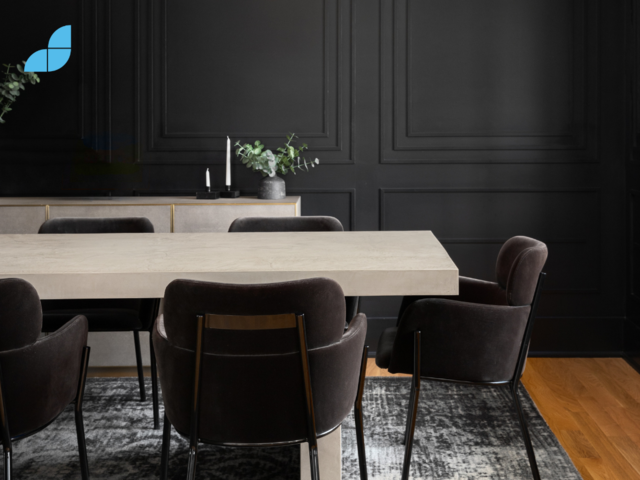
Creating a Functional and Comfortable Living Space
Creating a functional and comfortable living space is the goal of every good interior designer. This means the homeowners personalities have been reflected within the design and their needs have been met including storage, organisation, and ease of movement.
When planning for a personality type, a person who is very organised for example, may appreciate built-in storage and organisation systems, while a person who is more laid-back may prefer more open and flexible storage solutions. Also, when mapping the flow of a space, it is important to think of how different personalities will use the room and move around. Some people value their privacy and may prefer a closed-off layout, while other people may not be concerned with privacy and prefer an open layout with fewer walls.
When it comes to creating a functional and comfortable living space, it's also vital to consider the daily routines and activities of the inhabitants. Many people work from home and will therefore need a dedicated workspace, while a person who enjoys cooking may prioritise a well-equipped kitchen. These are both personality driven and functional requirements and should be taken into account when designing the layout and flow of a space.
The overall aesthetic and style of the home is a representation of the occupants personality and will be the first thing people notice when they arrive in the space. Often, a contemporary design is a good fit for a person who values simplicity and minimalism, while a person who values tradition and history may prefer a more classic design. Incorporating elements that reflect the personal style and taste of the inhabitants will personalise living space thus transforming it from a house, to a home.
Understanding different personalities and tailoring a home's design to fit those personalities is crucial for creating a comfortable and functional living space that suits the needs of those living in it. Listening to your client, learning about their lives and understanding how they want to live will result in a customised home that is unique to those who use the space. Take the time and make the effort to listen and learn about the occupants and you will not only increase their potential to live better, but your clients will feel seen and respected.
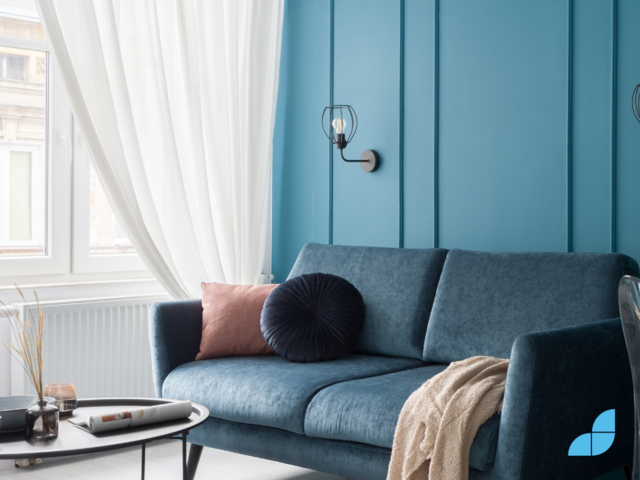
If you're looking to create a customised and personalised home that suits the personalities and needs of the people living in it, our interior design courses can help you achieve your goals. Our courses cover a wide range of topics from understanding different personalities, design principles and elements, colour theory, lighting design, and more.
Our experienced tutors provide hands-on training, real-world examples and expert insights to help you master the latest design trends and techniques. Sign up for our courses today and take the first step towards creating a home that perfectly reflects the personalities and needs of the people living in it.

